top of page
Search


Florida Keys educational trip
Planning a Florida Keys educational trip provides students with unparalleled opportunities to explore the only living coral barrier reef in the continental United States while engaging in hands-on marine science learning. These immersive experiences transform abstract classroom concepts into tangible understanding through direct interaction with diverse coastal ecosystems, creating lasting educational impact that textbooks simply cannot replicate. Understanding the Education
Caleb Mullenix
Oct 295 min read
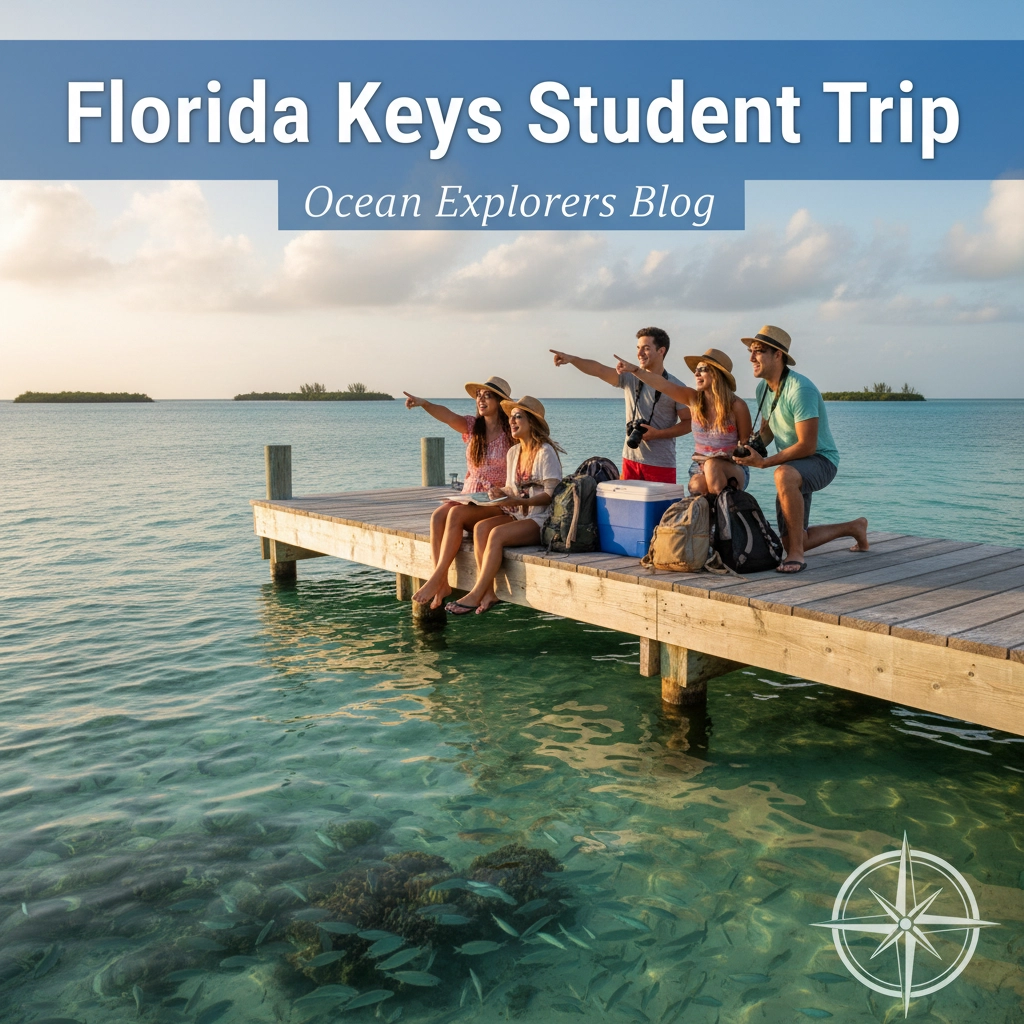

Florida Keys student trip
Planning a Florida Keys student trip represents an exceptional opportunity to combine marine science education with hands-on conservation learning. The Florida Keys, home to the only living coral reef system in the continental United States, offers students unparalleled access to diverse marine ecosystems, from shallow seagrass beds to deep reef environments. Essential Planning Considerations for Educators Begin by establishing clear educational objectives that align with y
Caleb Mullenix
Oct 295 min read
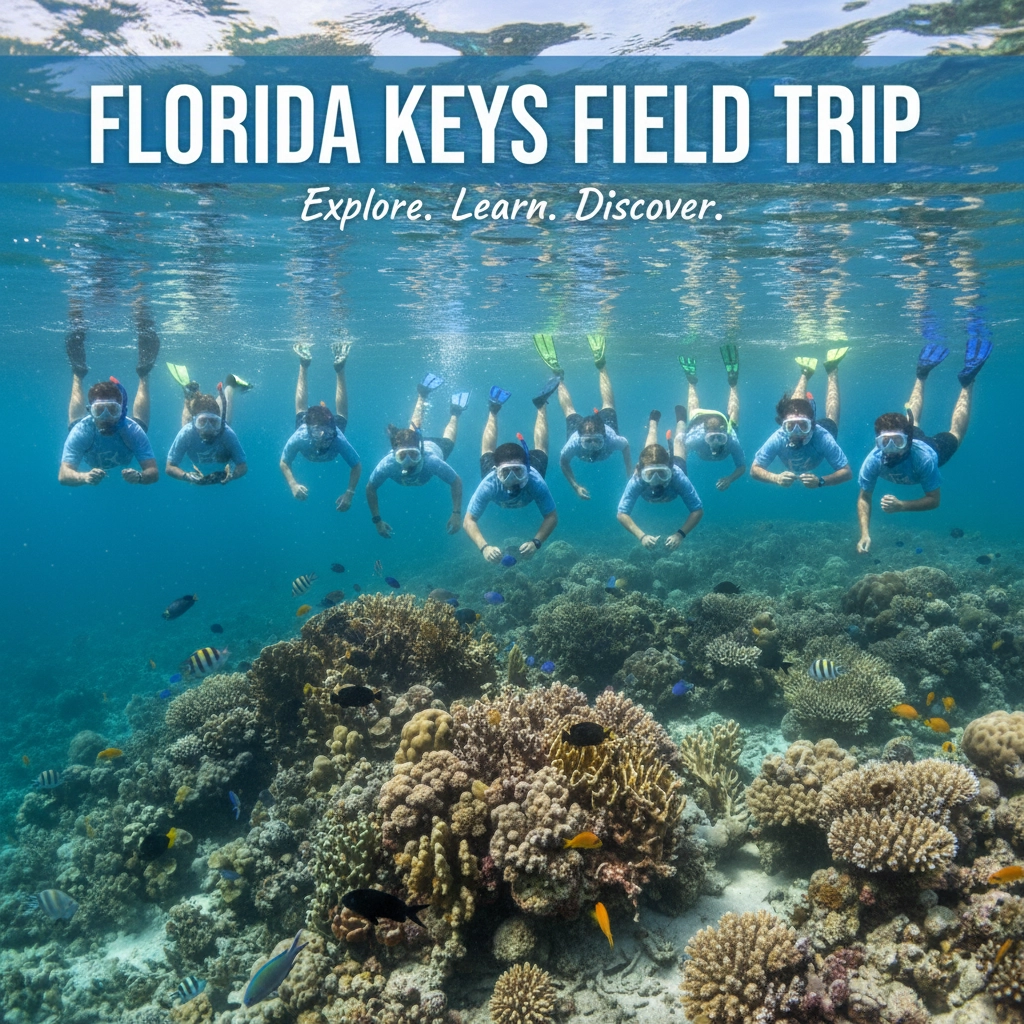

Florida Keys field trip
Planning a Florida Keys field trip offers educators an unparalleled opportunity to immerse students in hands-on marine science education within one of North America's most extraordinary ecosystems. The Florida Keys contain the only living coral barrier reef system in the continental United States, making this destination essential for comprehensive marine biology and environmental science curriculum delivery. Understanding the Educational Value of Florida Keys Field Trips T
Caleb Mullenix
Oct 295 min read


Student Trips to Yellowstone: 10 Hidden Learning Opportunities Teachers Miss Every Time
Planning a successful educational expedition to Yellowstone National Park requires strategic thinking beyond the typical tourist attractions. While most educators focus on Old Faithful and basic wildlife viewing, numerous specialized programs and learning experiences remain underutilized, representing missed opportunities to transform student trips into profound educational experiences. Ensuring maximum learning value from your Yellowstone expedition demands careful research
Caleb Mullenix
Oct 285 min read
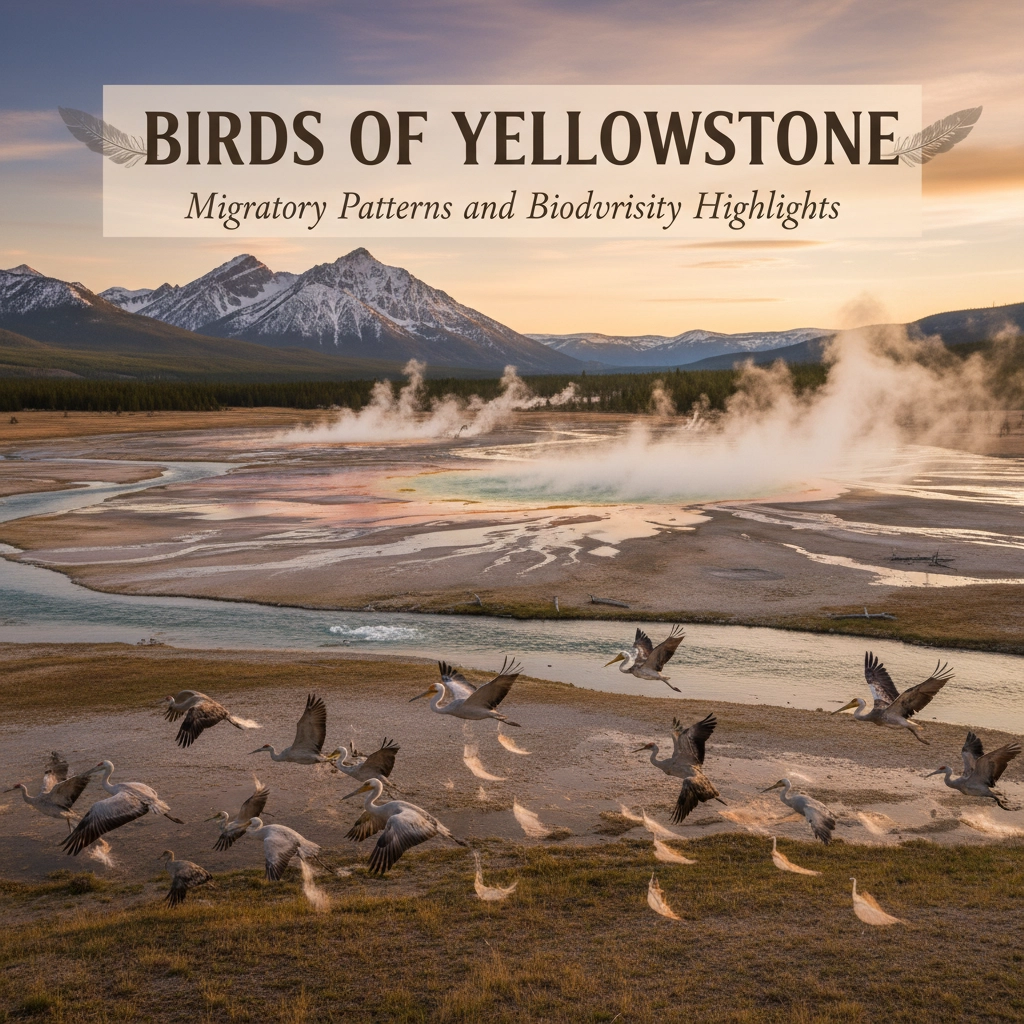

Birds of Yellowstone: Migratory Patterns and Biodiversity Highlights
Yellowstone National Park represents one of North America's most critical avian ecosystems, supporting extraordinary biodiversity and serving as an essential waystation along major migratory corridors. Understanding the intricate patterns of bird migration and the remarkable species diversity within this iconic landscape provides students with unparalleled opportunities to observe ecological principles in action and witness conservation science at work. The Scale of Yellowst
Caleb Mullenix
Oct 285 min read
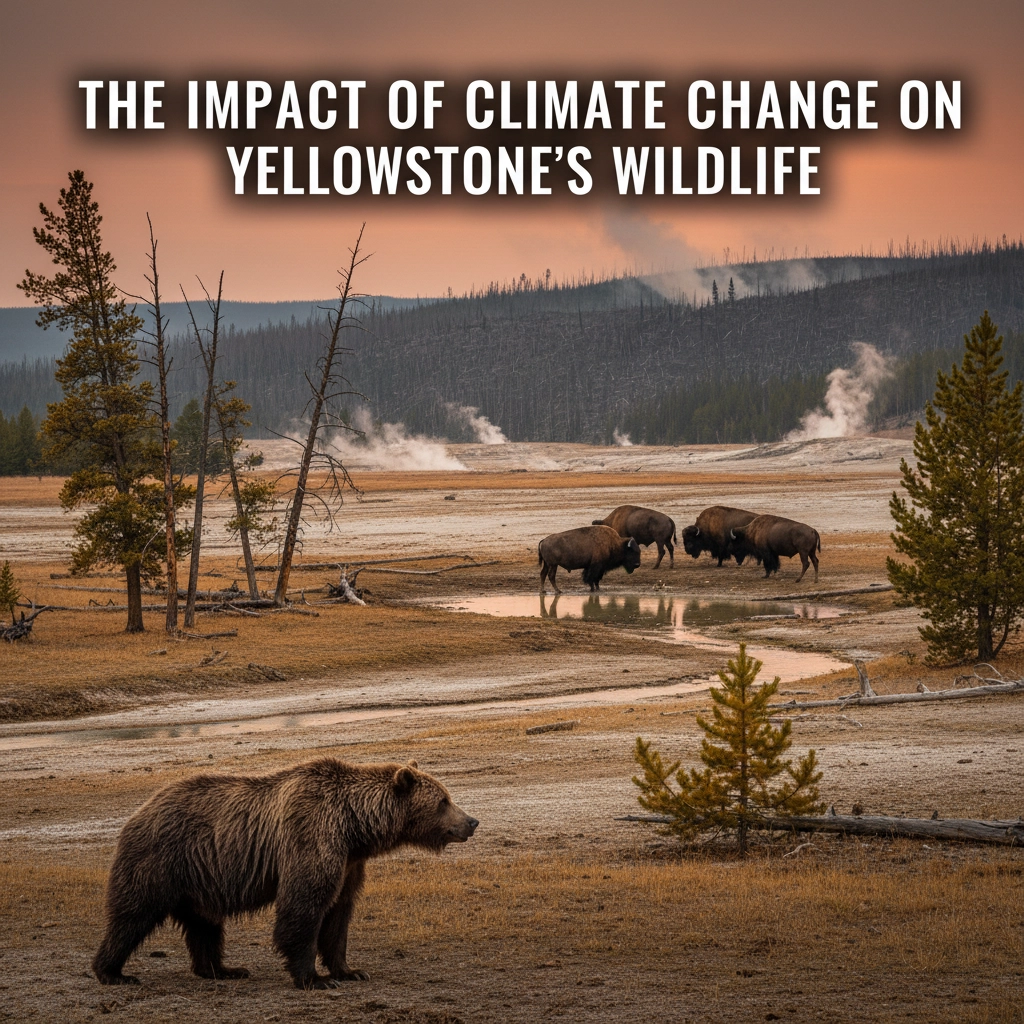

The Impact of Climate Change on Yellowstone's Wildlife
Understanding the effects of climate change on Yellowstone's wildlife represents one of the most critical scientific learning opportunities available to students today. The Greater Yellowstone Ecosystem, long considered among Earth's last truly wild places, now serves as a living laboratory demonstrating how rapidly changing environmental conditions reshape entire biological communities. For educators planning student expeditions to this iconic landscape, recognizing these cl
Caleb Mullenix
Oct 285 min read
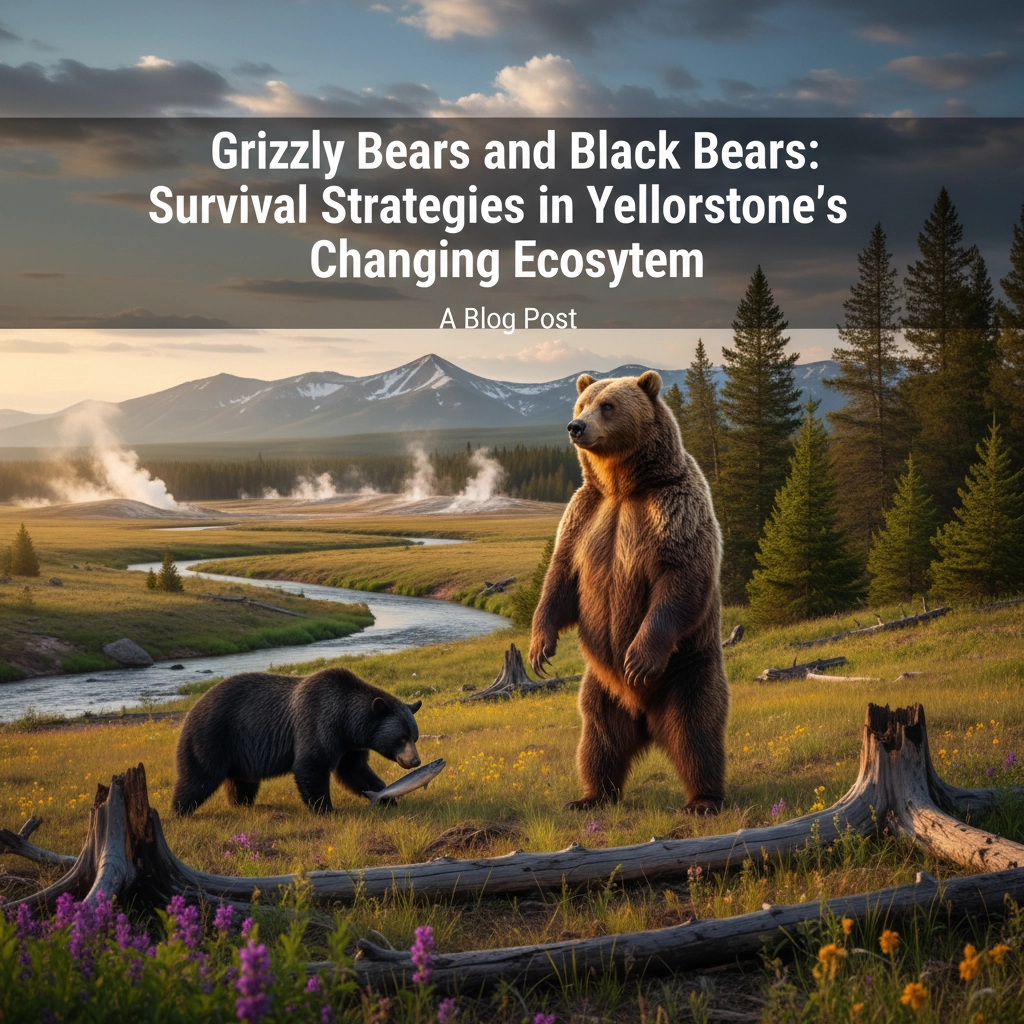

Grizzly Bears and Black Bears: Survival Strategies in Yellowstone's Changing Ecosystem
Understanding the complex survival strategies of Yellowstone's bears provides students with invaluable insights into ecosystem dynamics, conservation biology, and the intricate relationships between wildlife and environmental change. For educators planning field studies in America's first national park, examining bear ecology offers a compelling lens through which students can explore adaptation, resource competition, and the ongoing impacts of climate change on wildlife popu
Caleb Mullenix
Oct 285 min read
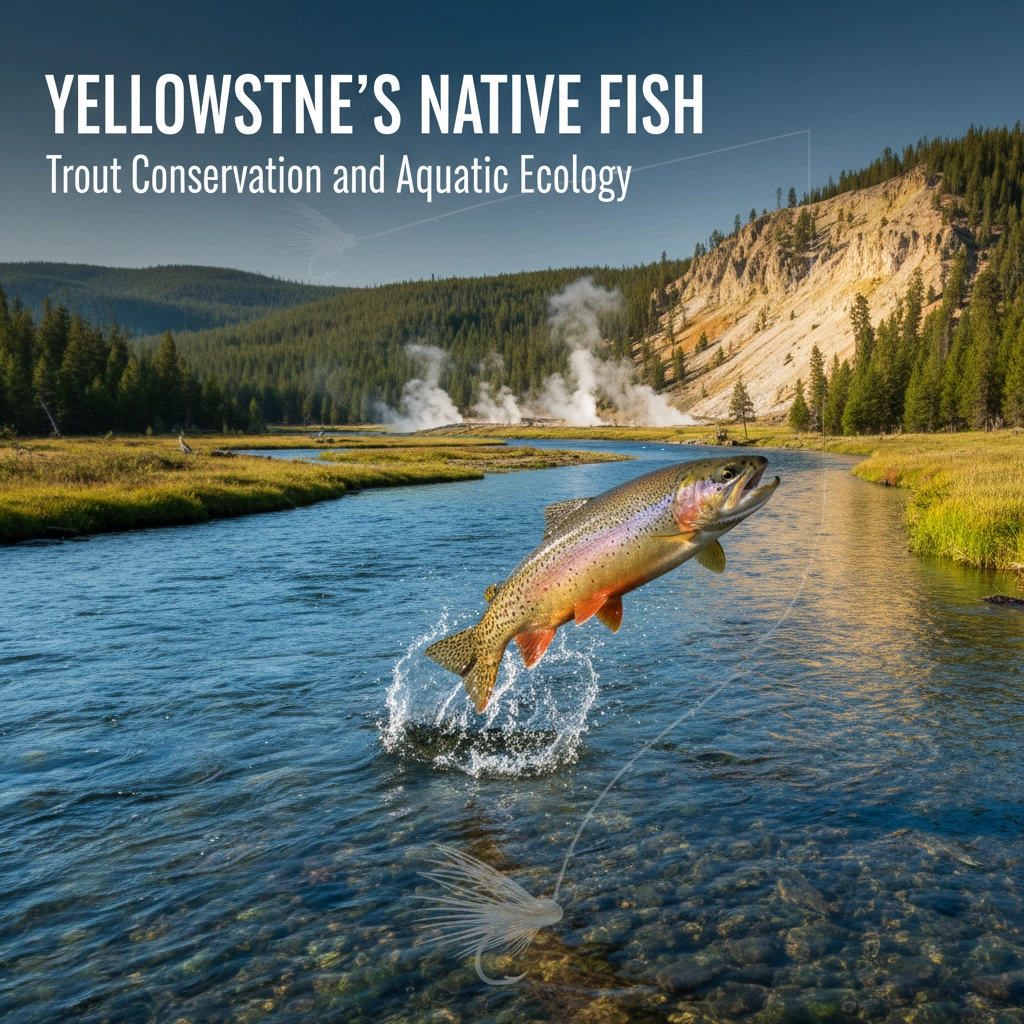

Yellowstone's Native Fish: Trout Conservation and Aquatic Ecology
Understanding Yellowstone's aquatic ecosystems offers students an unparalleled opportunity to witness conservation science in action while exploring one of North America's most pristine freshwater environments. The park's native fish populations represent a critical component of ecosystem health, providing educators with compelling case studies in species recovery, ecological interconnections, and adaptive management strategies. The Foundation of Yellowstone's Aquatic Ecosys
Caleb Mullenix
Oct 285 min read
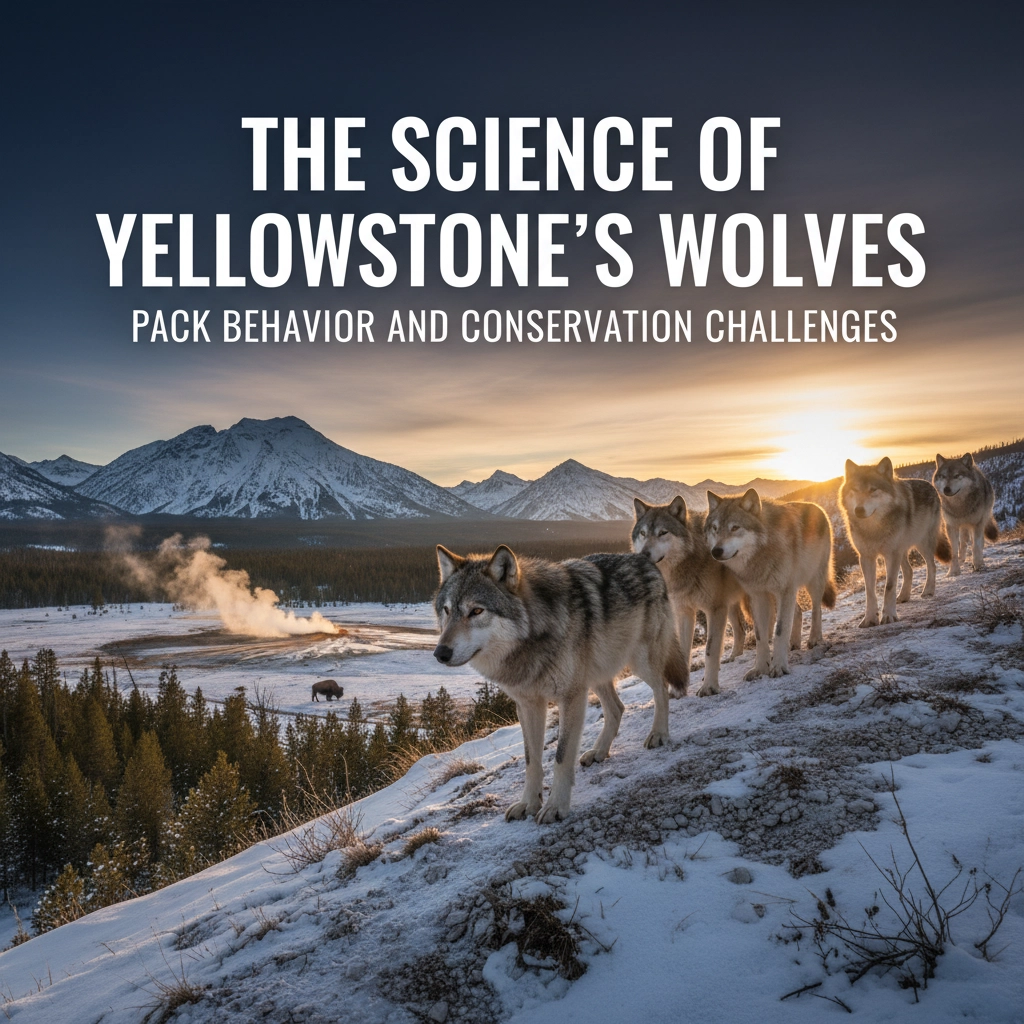

The Science of Yellowstone's Wolves: Pack Behavior and Conservation Challenges
The reintroduction of wolves to Yellowstone National Park in 1995 stands as one of the most significant wildlife conservation achievements in modern history. This landmark restoration project has provided researchers with unprecedented opportunities to study wolf behavior, pack dynamics, and ecosystem interactions in a protected environment. For educators planning student expeditions to Yellowstone , understanding these complex predator-prey relationships offers invaluable in
Caleb Mullenix
Oct 285 min read
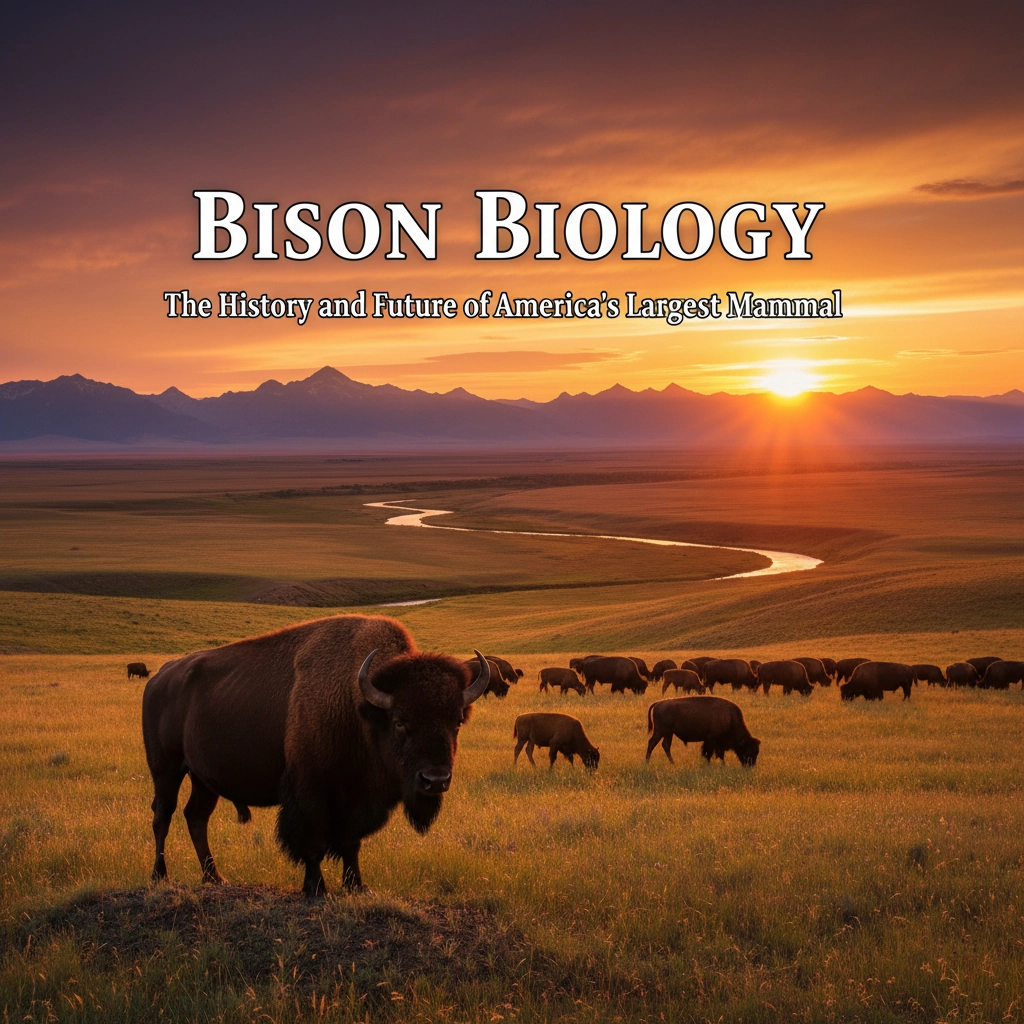

Bison Biology: The History and Future of America's Largest Mammal
Standing up to six feet tall and weighing over 2,000 pounds, the American bison represents one of North America's most remarkable biological success stories. As the continent's largest terrestrial mammal, bison have shaped grassland ecosystems for hundreds of thousands of years, survived near-extinction, and now serve as a powerful symbol of conservation achievement. Understanding bison biology provides students with invaluable insights into ecology, evolution, conservation s
Caleb Mullenix
Oct 285 min read


Elk, Moose, and Deer: Yellowstone's Ungulates and Their Role in Ecosystem Health
Understanding the intricate relationships between Yellowstone's ungulate populations and ecosystem health is essential for educators preparing students to witness one of North America's most complex ecological systems. The park's eight ungulate species: including elk, moose, mule deer, and white-tailed deer: serve as fundamental architects of ecosystem structure, influencing everything from predator populations to vegetation patterns across the Greater Yellowstone region. Ens
Caleb Mullenix
Oct 285 min read
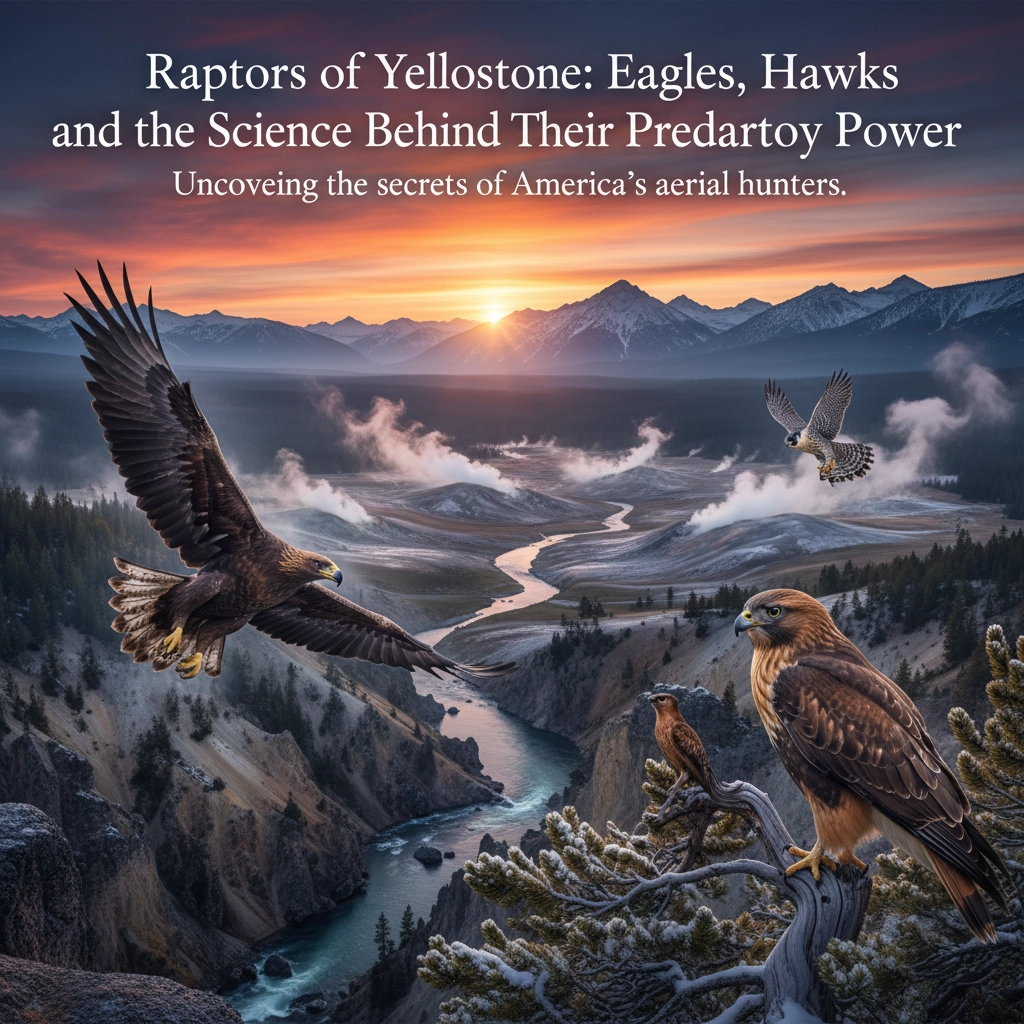

Raptors of Yellowstone: Eagles, Hawks, and the Science Behind Their Predatory Power
Understanding the remarkable diversity and specialized adaptations of Yellowstone's raptors provides students with exceptional opportunities to examine predator-prey relationships, ecosystem dynamics, and conservation biology in action. Yellowstone National Park supports an impressive 19 breeding raptor species , making it one of North America's most significant habitats for studying these apex predators and their critical ecological roles. Yellowstone's Raptor Diversity: A
Caleb Mullenix
Oct 285 min read


Elk, Moose, and Deer: Yellowstone's Ungulates and Their Role in Ecosystem Health
Understanding the intricate relationships between Yellowstone's ungulate populations and ecosystem health is essential for educators preparing students to witness one of North America's most complex ecological systems. The park's eight ungulate species: including elk, moose, mule deer, and white-tailed deer: serve as fundamental architects of ecosystem structure, influencing everything from predator populations to vegetation patterns across the Greater Yellowstone region. Ens
Caleb Mullenix
Oct 285 min read
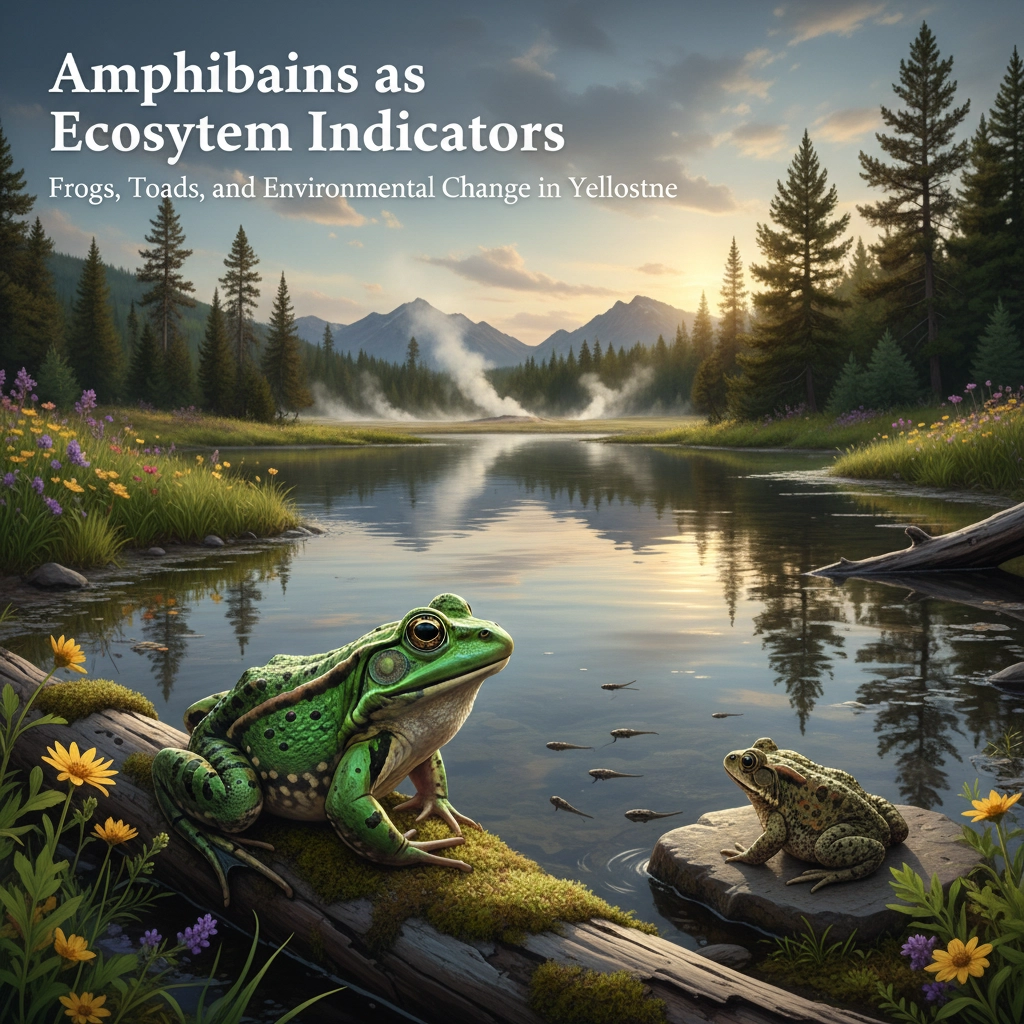

Amphibians as Ecosystem Indicators: Frogs, Toads, and Environmental Change in Yellowstone
Understanding the health of an ecosystem requires careful observation of its most sensitive inhabitants. In Yellowstone National Park, amphibians serve as nature's early warning system, providing crucial insights into environmental changes that affect the entire Greater Yellowstone Ecosystem. These remarkable creatures function as living indicators of ecological health, offering educators and students unparalleled opportunities to witness environmental science in action. Why
Caleb Mullenix
Oct 285 min read


Scientific Monitoring and Research: How Yellowstone Tracks Animal Populations
Understanding how Yellowstone National Park tracks its diverse wildlife populations is essential for educators preparing students for meaningful field experiences. The park's sophisticated monitoring systems provide a compelling case study in modern conservation science, demonstrating how researchers combine cutting-edge technology with traditional field methods to gather comprehensive data on wildlife movements, population dynamics, and ecosystem interactions. The Foundatio
Caleb Mullenix
Oct 285 min read


Identifying Fish on Florida's Coral Reefs: A Middle School Field Guide (with Mote Marine Reference)
Understanding fish identification on Florida's coral reefs represents one of the most engaging and educational experiences available to middle school students studying marine biology. Florida's coral reef system hosts approximately 600 fish species, making it the third-largest coral reef system in the world and an exceptional outdoor classroom for young marine scientists. Why Fish Identification Matters for Student Scientists Developing fish identification skills provides s
Caleb Mullenix
Oct 275 min read
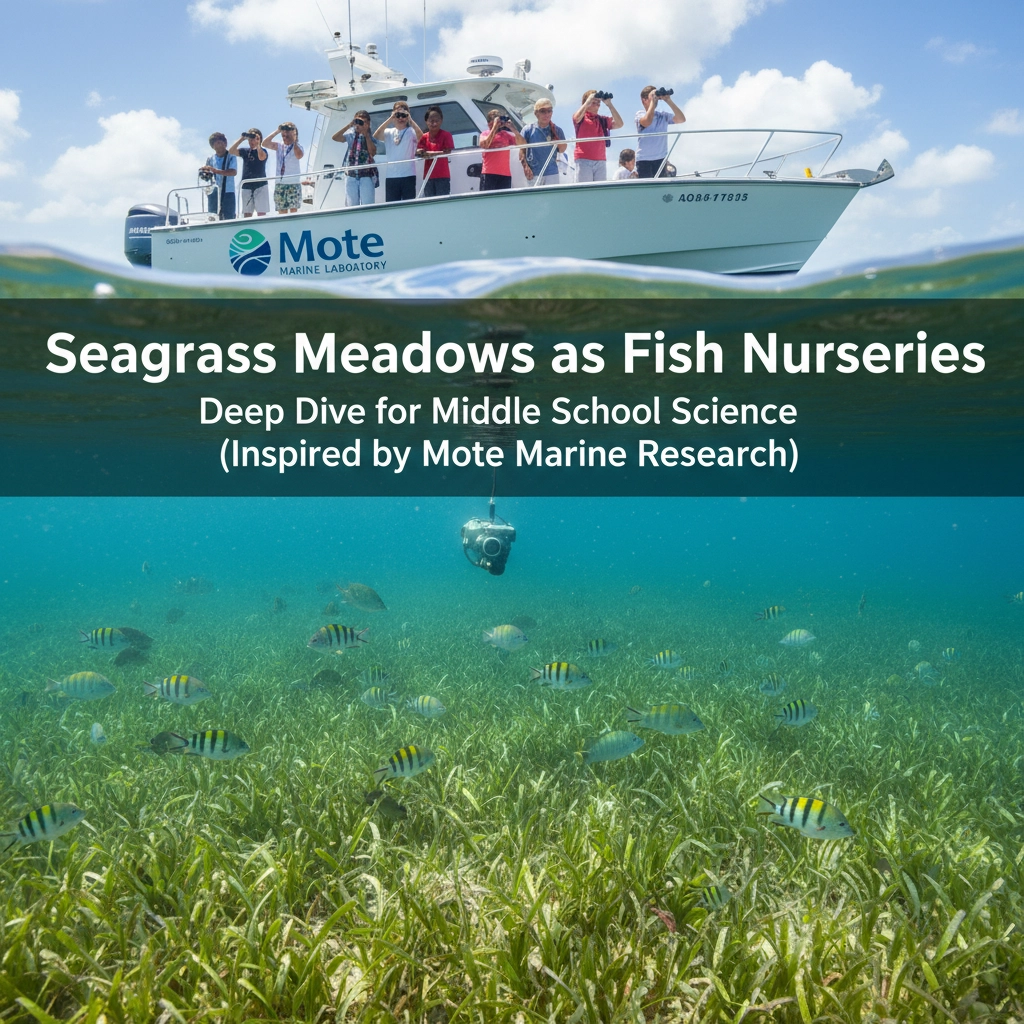

Seagrass Meadows as Fish Nurseries: Deep Dive for Middle School Science (Inspired by Mote Marine Research)
Picture yourself floating above an underwater meadow in the crystal-clear waters of the Florida Keys, watching thousands of juvenile fish dart between swaying grass blades. These aren't ordinary meadows: they're seagrass beds, serving as some of the ocean's most critical nurseries. Understanding how these marine ecosystems function as fish nurseries represents essential knowledge for any middle school scientist ready to explore marine biology. What Makes Seagrass Meadows Nat
Caleb Mullenix
Oct 275 min read
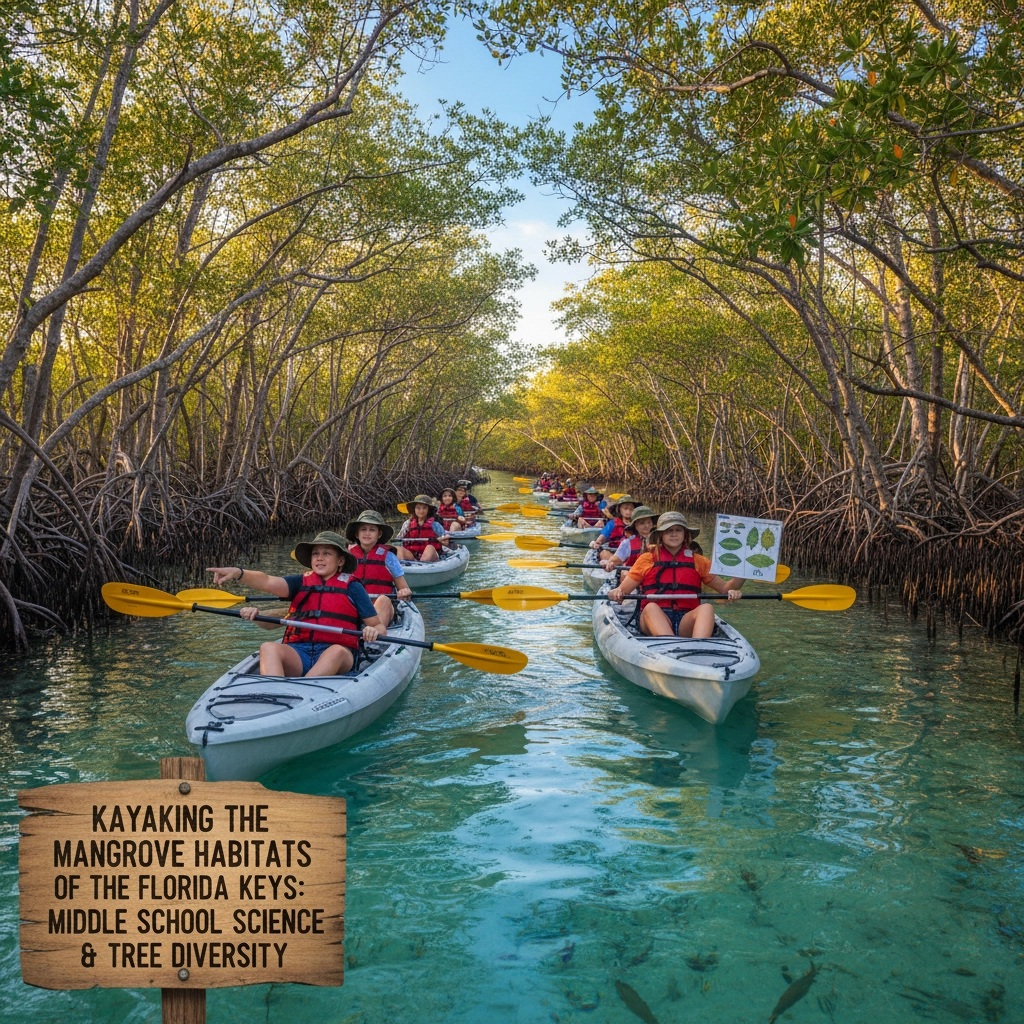

Kayaking the Mangrove Habitats of the Florida Keys: Middle School Science & Tree Diversity
Establishing meaningful connections between classroom learning and real-world ecosystems is paramount for middle school science education. The mangrove forests of the Florida Keys provide an exceptional opportunity for students to engage in hands-on field research while exploring one of nature's most remarkable coastal ecosystems. Through guided kayaking expeditions, students can observe, identify, and study the four distinct mangrove species that define these subtropical wet
Caleb Mullenix
Oct 275 min read


Exploring Species Diversity in Florida Keys Seagrass Beds: Middle School Science in Action
Discovering the incredible biodiversity within Florida Keys seagrass beds transforms middle school students into active marine scientists. These underwater meadows harbor one of Earth's most productive ecosystems, supporting extraordinary species diversity that rivals tropical rainforests. Understanding these complex communities requires hands-on investigation, systematic observation, and guided exploration that connects classroom learning to real-world conservation challenge
Caleb Mullenix
Oct 275 min read


Florida Keys Seagrass Science for Middle School: Fieldwork, Biodiversity, and Restoration
Understanding marine ecosystems requires hands-on exploration, and the Florida Keys offers middle school students an unparalleled opportunity to study one of Earth's most productive underwater environments. The region's 1.5 million acres of seagrass meadows create a living laboratory where students can observe, measure, and participate in real marine science research while contributing to conservation efforts. The Foundation of Florida Keys Marine Life Seagrass meadows func
Caleb Mullenix
Oct 275 min read
bottom of page


